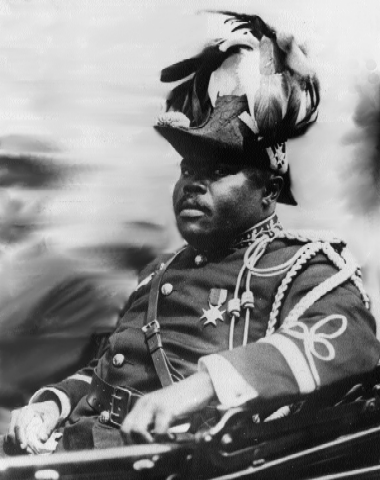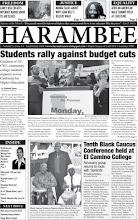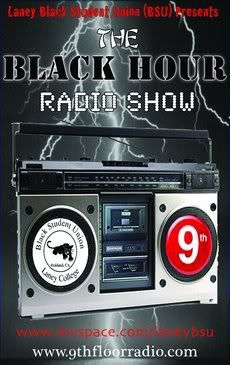By Mumia Abu JamalWith the attainment of the required delegates to claim the Democratic Party’s nomination for U.S. president, Sen. Barack H. Obama (D. ILL.) has written a new page in American history.
For by so doing he succeeds where Channing Phillips, Shirley Chisholm, Jesse Jackson, Sr., and Al Sharpton could not–by gaining the necessary delegates to demand nomination.
Of course, there have been numerous Black candidates for president, but these have been third party efforts designed more to raise issues, to organize or protest than to actually win elections. Some of the best known have been Eldridge Cleaver (former Black Panther Minister of Information), Dick Gregory, Dr. Lenora Fulani, and the former congresswoman, Cynthia McKinney.
But this is a different kettle of fish, for Obama’s candidacy is the closest to make it to the winner’s circle.
What also distinguishes Obama from his predecessors is he doesn’t come from civil rights, Black liberation, socialist or anti war movements. (He often remarks at speeches, “I’m not against all wars, I’m just against dumb wars”)
Indeed, although his detractors may try to paint him as a leftist liberal this is hardly true.
On issues both foreign and domestic he would’ve been more at home in the Republican Party of his senatorial forebear, Edward Brooke of Massachusetts.
For though he is Black by dint of his African father, he has studiously avoided Black political groups in his long, harrowing climb to the rim of the White House.
He has studiously avoided the very real and long standing grievances of Black America. In fact, he tried to run a ‘post-racial’ campaign until Sen. Hillary R. Clinton (D.N.Y.) (and her rambunctious husband, former Pres. Bill), brought race front and center during the Super Tuesday February primaries, by trying to pigeonhole him as ‘the Black candidate’.
This primary wounded Obama, and as he won in the delegate count, he also lost a number of primary states, such as Ohio and Pennsylvania, which are necessary for a win in November.
Politics is the art of making people believe that they are in power when in fact, they have none.
It is a measure of how dire is the hour that they’ve passed the keys to the kingdom to a Black man.
As in many American cities, Black Mayors were let in when the treasuries were almost barren, and tax bases were almost at rock-bottom.
With the nation’s manufacturing base also a thing of history, amidst the socioeconomic wreckage of globalization, with foreign affairs in shambles, the rulers reach for a pretty, brown face to front for the Empire.
‘Real change that you could believe in’ would be an end to Empire, and an end to wars for corporate greed, not just a change of the shade of the political managers.
That change, I’m afraid, is still to come. •H•
Mumia Abu Jamal is an award-winning journalist, author, and political prisoner being held captive in Pennsylvania. His case has garnered international attention. He has been held captive since the 1982. For more information about Mumia Abu Jamal, visit prisonradio.org.















